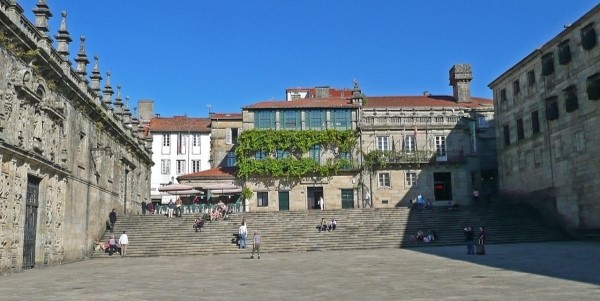 In our visit to Santiago de Compostela, we strolled many times through this square, without properly knowing its history. It turns out that the term or name “Plaza de Quintana” by definition is the “Plaza de la Plaza”. However, this square is actually composed of two sections, the Quintana de Abaixo or of the Dead and the Quintana de Arriba or the Plaza of the Living.
In our visit to Santiago de Compostela, we strolled many times through this square, without properly knowing its history. It turns out that the term or name “Plaza de Quintana” by definition is the “Plaza de la Plaza”. However, this square is actually composed of two sections, the Quintana de Abaixo or of the Dead and the Quintana de Arriba or the Plaza of the Living.
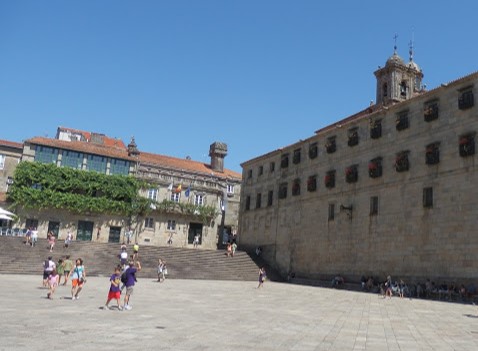
The transition by the stairs between Quintana de los Vivos and Quintana de los Muertos means just that, the passage from life to death. That is, going down and up the stairs of the Plaza de Quintana, we were between “life and death” and between “death and life”. And now it was that we realized that little detail!
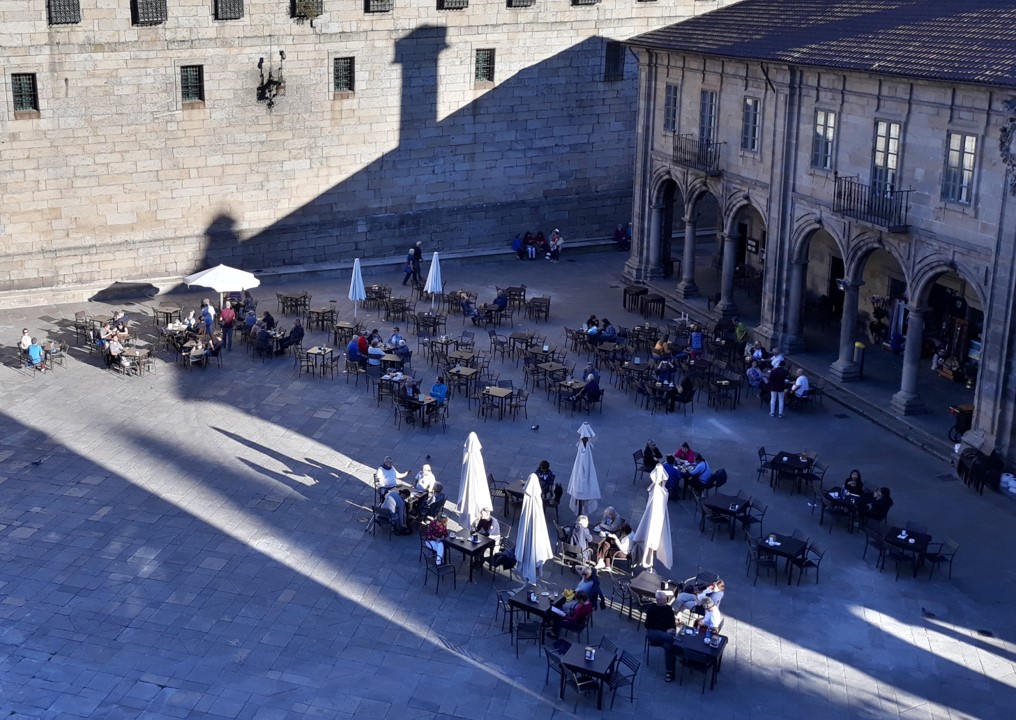
This square is to the east of the cathedral and is framed by “La casa de Parra”, “La Casa de La Conga” and the Monastery of San Paio (San Pelayo) of Antealtares.
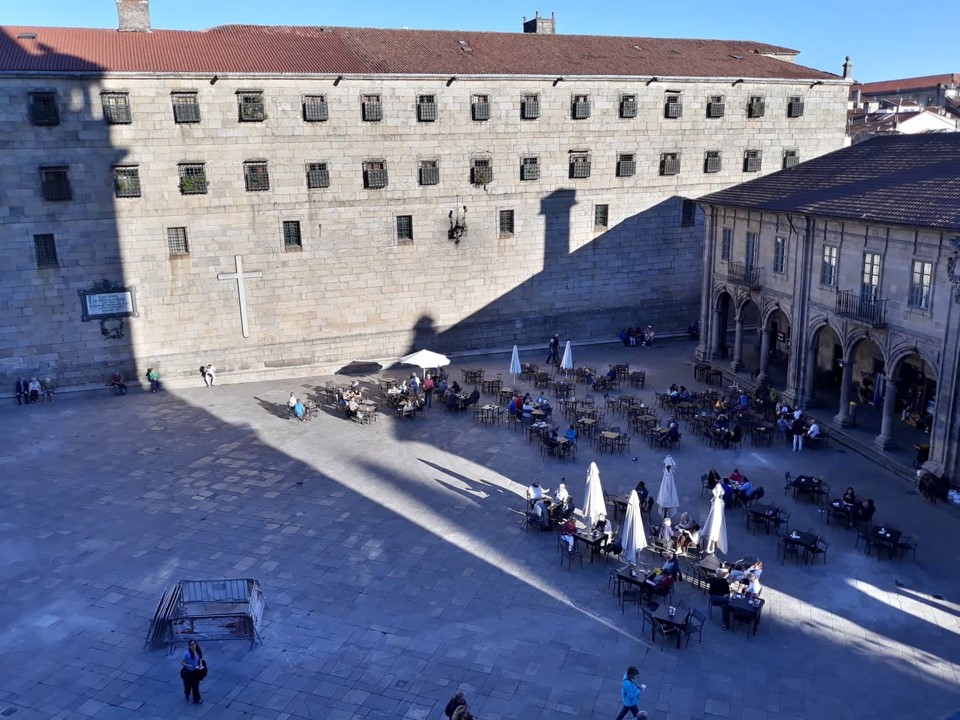
Until 1780, the Quintana de Abaixo was an old cemetery, especially for the canons (members of the Church management). Today it is located in front of the Puerta Santa (Holy Gateway) or Puerta del Perdón (Gateway of Forgiveness) of the Cathedral of Santiago de Compostela. This Door leads directly to the ambulatory area and to the apostolic relics.
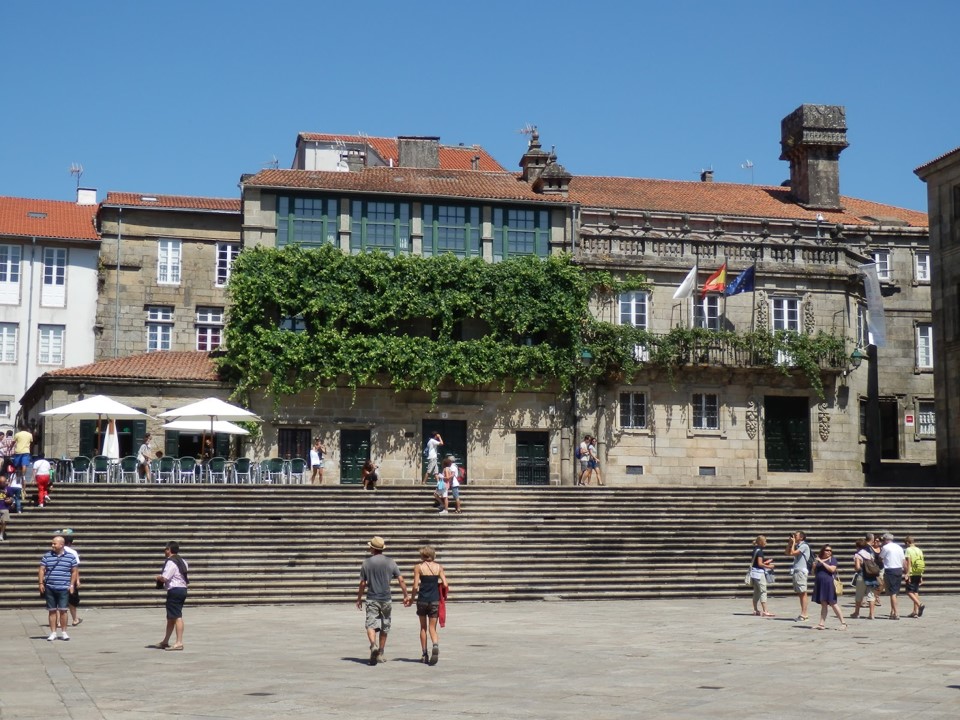
The two sections of the square are separated by stairs, a favorite place for students and scholars in different periods of history, where they sat to read and talk. It is good to mention that there is a very important historical fact related to the students of Santiago, to also call the Plaza de Quintana, the “Literary” square. It is known by this name in memory of the battalion formed by students who fought against Napoleon during the War of Independence.

